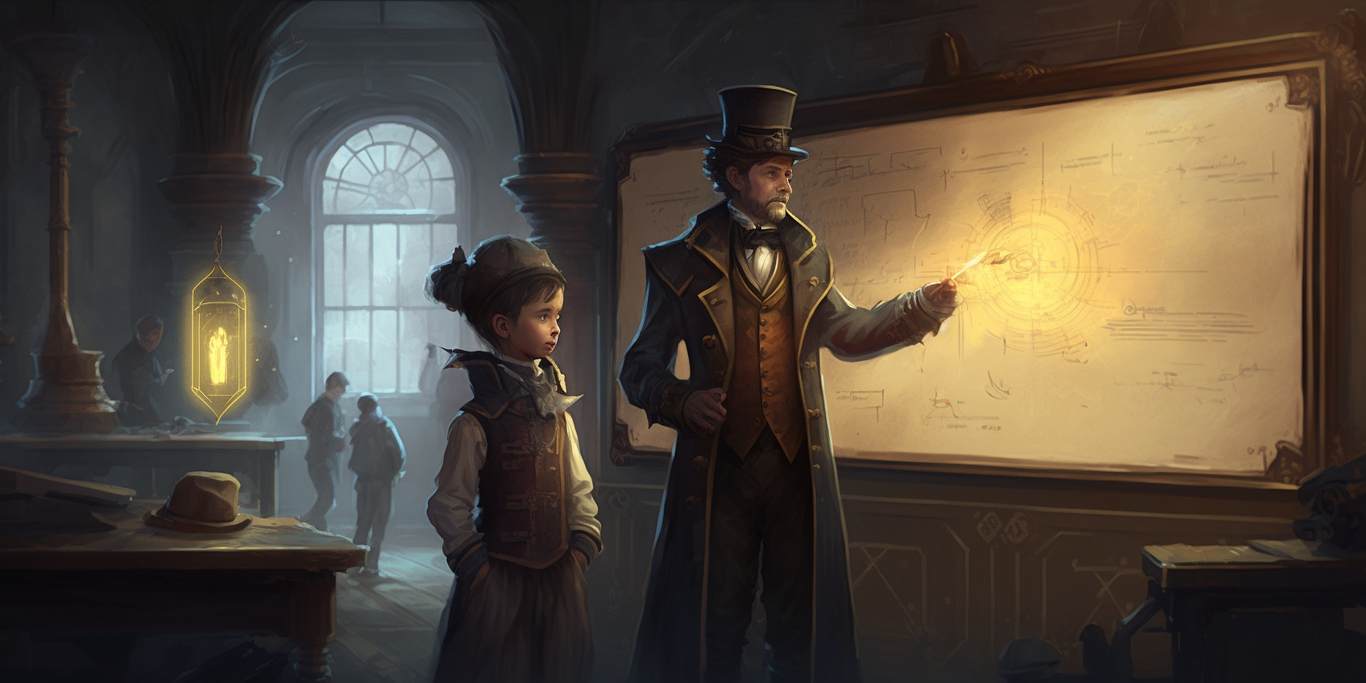
Business In Archviz
Why you don't need to be an expert to give good feedback
As soon as I started my archviz journey about 7 years ago, I also started writing some blogposts about my work, and soon started recording what I called Rendering Teardowns, where I would give other artists around the world some advice about how to improve their work.
Now, you might think, who do you think you are to write about archviz or give advice to people if you only just started?
Truth is, not only would you be wrong, but this is this very mindset that is preventing the whole archviz community from flourishing faster, and exploring further horizons sooner.
Let’s see why that is.
Feedback, what feedback?
There are some simple truth about feedbacks that are often overlooked :
Feedback can be descriptive, or prescriptive, or both.
Anyone can give valuable descriptive feedback. Because it all comes down to what you see, and everyone can describe what they see, how they feel. Not everyone can explain why though, but this is not what descriptive feedback is about anyway.
The value of this feedback, despite being theoretically widely available, is that it can help the artist double check that the image is perceived the way they intended to. You’d be surprised how many times people misplace their GAC, think the point of focus is in a specific place where actually it is in a completely secondary and irrelevant area of the canvas, or when they think the point of interest is on the building while there is a bright red car driving by catching all the attention.
Less people are able to give decent prescriptive feedback because not everyone knows how to fix an image, what to change that will actually make an image better. Some actually think they do know while what they are doing is just stating a preference, often discarding what the intent of the original image is, basically making the feedback destructive rather than productive.
Whether feedback is prescriptive or descriptive, it should never be taken at face value anyway (even if it comes from someone with a lot of experience, fame or whatever), and should always be filtered back through what you were trying to do with your image in the first place, what Michael Freeman calls intent.
Fun fact, while there are direct connections between your ability to communicate, analyze and create an image (what I call the retroactive cycle), those 3 aspects are rarely of equal strength in a given individual.
What this means is that someone that can make incredible images, is not necessarily the best at analyzing other images, or at communicating their work.
Or someone can actually be incredibly accurate at analyzing images, communicating about this and providing prescriptive feedback, while not being the most proficient at creating images. I let you picture the other potential combinations of these 3 aspects.
This is due to the simple fact that each of these aspects don’t draw on the same set of skills, but on the same pool of knowledge.
To give a basic example, this is why you have some famous architects that are very bad tutors and will not give you any valuable feedback on how to improve your design. Jonathan Sergison writes at length about this topic in his book teaching/practice that I highly recommend.
The current state of affairs
Now, there are two main issues at play in our industry lately.
The first one is that simply getting feedback is incredibly complicated (bearing in mind that likes and emojis on Instagram or Facebook are not actionable feedbacks but mere ego boosters).
I think the main reason for this is the assumption debunked earlier in this article : no, you don’t need to be an expert in something in order to give valuable feedback, because your experience of the image is already valuable in itself.
The second one is that most feedback are focusing on secondary aspects of image making, namely : the technical aspect.
Indeed, the neverending quest of photorealism that has plagued archviz since its infancy, has skewed feedbacks toward focusing on the technical aspect rather than the broader aspect of perception and composition. Instead of getting feedback on your image to know if it works or not, you’ll get feedback on the quality of your texturing or modelling. It’s as if photographers were giving feedback to their peers solely on the noise amount in their photographs and the quality of the paper used for printing, or painters were only enquiring about what brush you used rather than discussing the color theory underlying your painting.
This gives me the occasion to circle back to something I mentioned in a past article : the difference between a successful and a beautiful images.
What an artist should be after is not to make a mere beautiful image that pleases the eye, but a successful image that actually delivers the effect that the image has been crafted for (or paid for in the case of commissioned work).
And needless to say that the success of an image is unlikely to lie solely in the quality of the textures, or the fine modelling of the assets in the scene. And yet, these are the types of feedback we mostly get, if we manage to get feedback at all.
So what is a good, useful and actionable feedback then?
First, an average feedback will always be better than no feedback. And any artist will generally be better off having some poorly written feedbacks that give some directions rather than 600 likes with no comments if they want to improve.
To give some rough guideline, I’d say a good descriptive feedback has to be extensive and specific. Meaning clarifying what you are seeing, what you are focusing on, why you think this is happening, if the experience is rather positive or negative, etc.
Generally speaking when an artist creates a piece, they are not only trying to picture the image itself, but to anticipate how the viewer will experience it. So having a thorough description of an experience is a valuable insight that the artist can then retro-engineer in order to then alter their piece should it need modifications.
Generally speaking when an artist creates a piece, they are not only trying to picture the image itself, but to anticipate how the viewer will experience it. So having a thorough description of an experience is a valuable insight that the artist can then retro-engineer in order to then alter their piece should it need modifications.
A simple, exagerrated, example : if I describe my experience looking at an image as being erratic, lacking focus, looking in many different directions and feeling stressed. This can be valuable information if the artist thought the image crafted was creating a sense of peacefulness, serenity and balance.
When it comes to prescriptive feedback, they should actually start with a question : what were you trying to do?
And if they are not starting with that (because you’re too lazy to ask I guess), you then need to explain the origin of your comment, what is your solution, and what is the impact of your solution in terms of experience.
A simple example again : it’s not the same thing to say “you should align your horizon on the upper third” and “I think your horizon is too high and creates a lot of tension in the upper part of your image. I would try to lower that horizon, maybe to the upper third”.
Then the artist can assess if the tension is indeed an issue, or not, can assess if the third is indeed a better ratio or not, but at least they know that there is tension in the upper part of their image, and that maybe it stems from the position of their horizon.
Why all this matters?
For two simple reasons.
First, giving feedback is a practice that benefits both parties immensely.
The person giving feedback is putting consciousness on the act of seeing and understanding images, and can later reintegrate this knowledge and experience into their own future work (retroactive cycle from earlier).
First, giving feedback is a practice that benefits both parties immensely.
The person giving feedback is putting consciousness on the act of seeing and understanding images, and can later reintegrate this knowledge and experience into their own future work (retroactive cycle from earlier).
The person receiving feedback gets input on how successful, or unsuccessful, their image is at creating the effect they sought.
Second, unlike likes and emojis, proper feedback is actually the core driver for improvement in any creative community.
If sharing your work in a community is not giving you any value back beside some temporary ego boost, then what is the point of that community in the first place?
If sharing your work in a community is not giving you any value back beside some temporary ego boost, then what is the point of that community in the first place?
Some food for thought.
Cheers
If you want to expand your skillsets and deepen your knowledge of composition to become a pro at giving extensive and accurate descriptive and presecriptive feedback, you can have a look at my course on the topic.
Cheers
If you want to expand your skillsets and deepen your knowledge of composition to become a pro at giving extensive and accurate descriptive and presecriptive feedback, you can have a look at my course on the topic.
You must be logged in to post a comment. Login here.
About this article
A short piece on why feedback is important, whether it's giving it or receiving it, and what are the current issues surrounding it in the archviz industry.
visibility238
favorite_border0
mode_comment0








